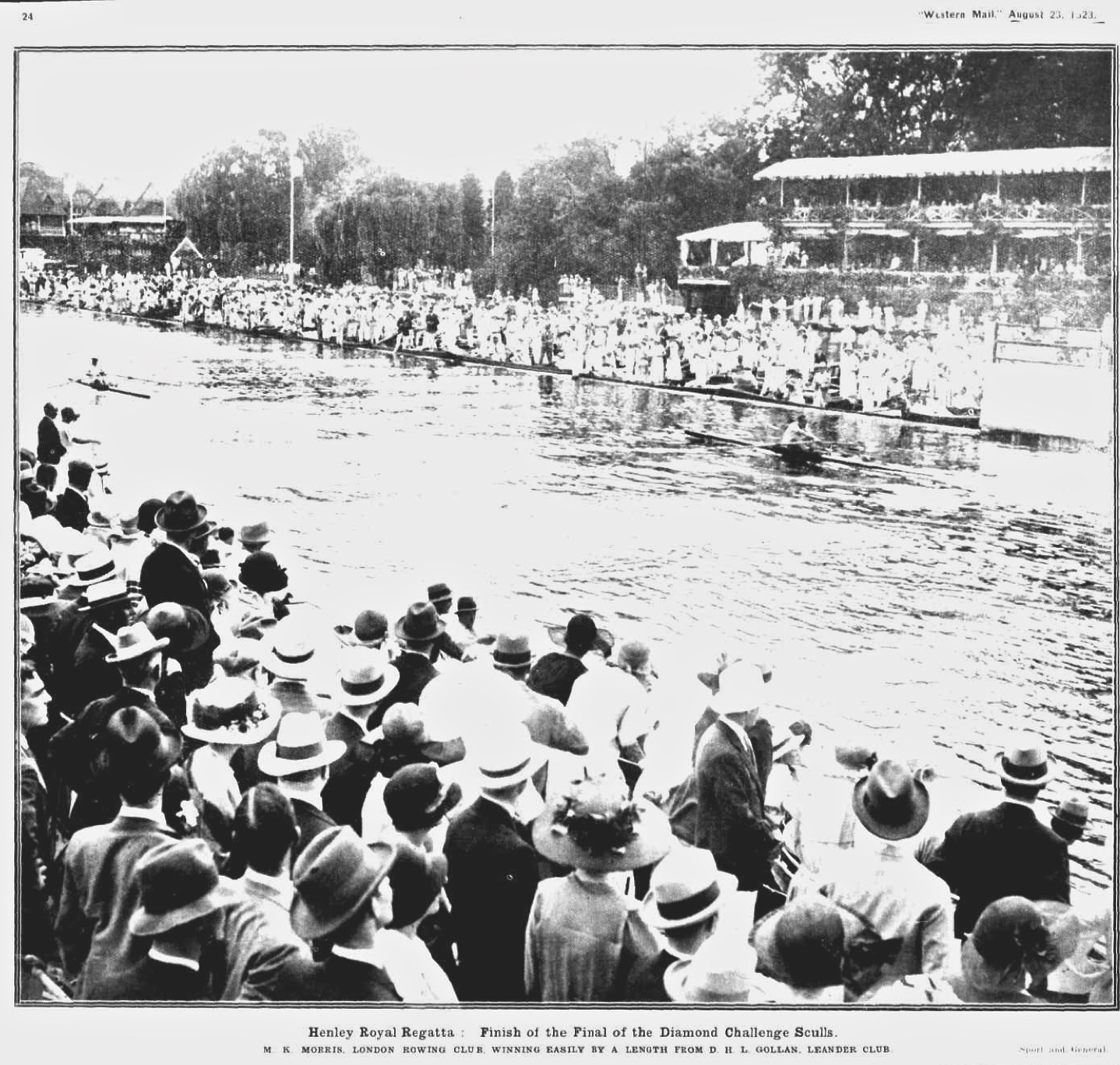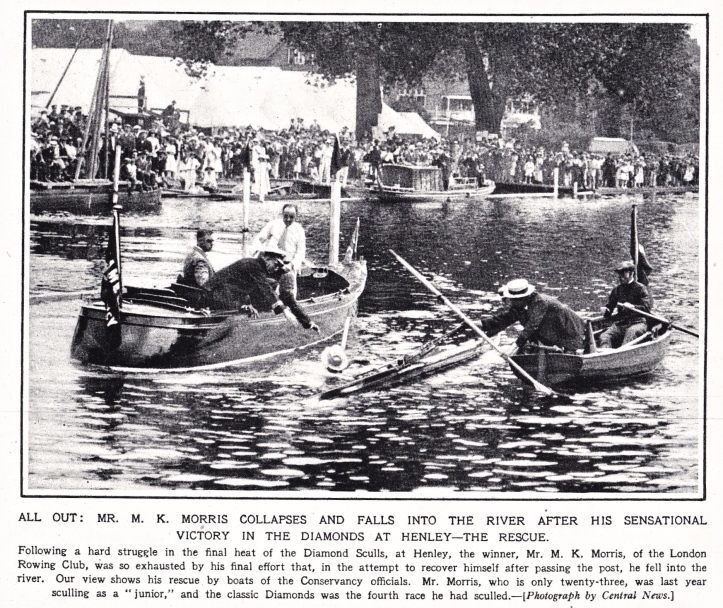This voyage was a pleasant short trip along the South Coast
of England, with no dramatic headlands or races to avoid. The start was St Leonards-on-Sea, just west of Hasting, and the finish was Eastbourne
The white line is the route taken by PicoMicroYacht
I launched off a pebble beach, which was steep as it met
the sea. Waves were breaking quite sharply, with a distinct undertow. I waited for
the larger waves to finish and then pushed PicoMicroYacht quickly into the sea
so as not to get tangled up with the breaking waves.
I tried to leap aboard at the last minute, but my timing was
wrong, and I ended up in the water. I hauled
myself over the side, grabbed an oar and paddled away quickly.
Looking back, I saw the Royal Victoria Hotel, built
originally in the Georgian era, subsequently made famous by the visits of Queen
Victoria, when St Leonards-on-Sea was a fashionable resort for the rich.
Although the weather was settled and calm, mists blocked the
sunlight and gave the coast a somewhat mysterious air.
I began to imagine the approximately 700 ships that arrived on this coast when William the Conqueror invaded England in 1066, picturing a huge
armada of Viking like boats appearing out of the mist. I found out later the
boats were beached on arrival, and a garrison established to guard them whilst the army
went onwards.
The tide started to flow west, aa I could see this
from the various buoys I passed.
It did not seem so long before PicoMicroYacht was at Eastbourne’s
Sovereign Harbour, where boats were going in and out.
This included a Canadian cat rigged yacht, who sailed across
to chat to me and ask whether I was going around the UK.
A brightly coloured fishing boat steamed past in a hurry, lit
by the sun as the mists started to disperse.
In the distance was Eastbourne with the Pier and behind it the
distinctive Beachy Head cliffs, where the South Downs meets the sea. The dreamy misty look was worthy of an impressionist painting.
As I got closer to my destination, the mists were clearing and a bright blue sky was pushing through. An outer reef helped break the waves slightly, so it was an easy landing on the beach.
The tide was fully out now, and it took a long time to drag
PicoMicroYacht up the beach to the sailing club.














